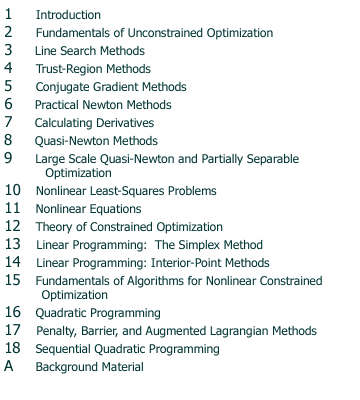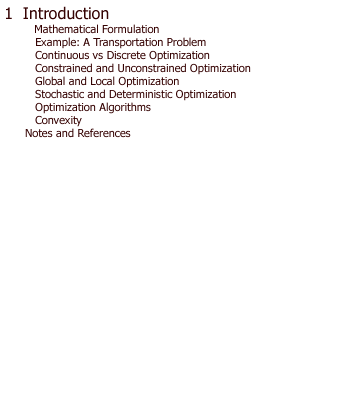


|
 |

|
author = "B.H. POURCIAU",
title = "Modern multiplier methods",
journal = "American Mathematical Monthly",
year = "1980",
volume = "87",
number = "6",
pages = "433-451"}
This paper is available on campus using JSTOR, e.g. try the link
http://www.jstor.org/cgi-bin/jstor/listjournal/00029890/di991653?config=jstor&frame=frame&userID=8161a648@uwaterloo.ca/01cc99331a0050473801&dpi=3